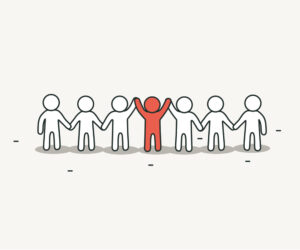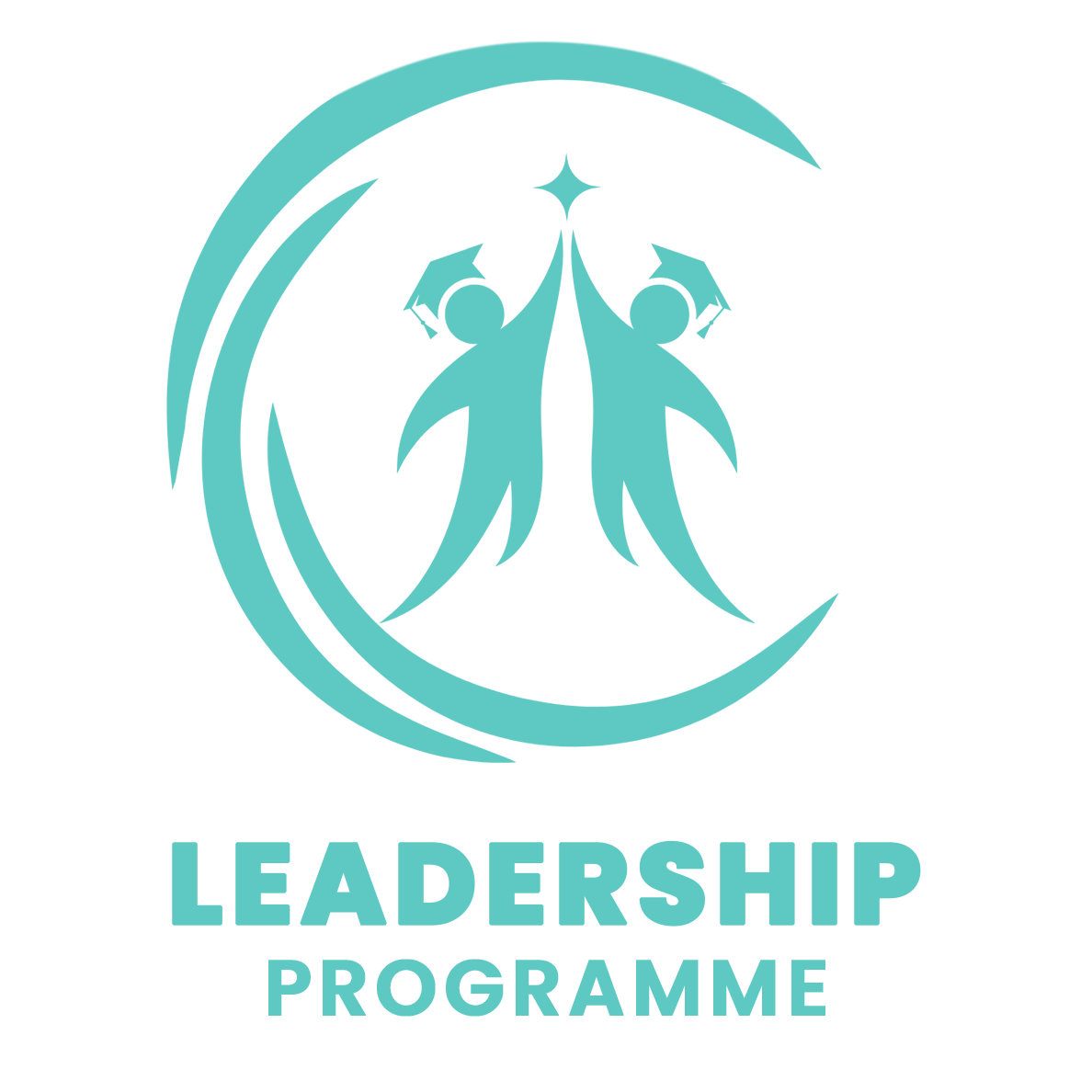
Creativity and Leadership

An organisation entails different departments whose success is dependent on the coordination of the other parts. These sections have different expectations regarding technical fulfilment and responsibilities (Geschwill and Nieswandt, 2020). The various sectors have different tasks but coalesce to warrant the attainment of the organisation objectives, mission and vision. Create cooperation and facilitate the multiple functions of the company, necessitates the provision of appropriate direction. Therefore, leadership is essential in the provision of the order to ensure compliance and delivery of the varying department (Puccio et al., 2020). This task requires knowledge in the coordination of the different duties and responsibilities of the various sections.
Additionally, it necessitates the comprehension of communication and people skills that will enhance direction. Nonetheless, the probability of conflict is high due to the varying expectations and diversity of the staff and culture. Therefore, management of the latter selects a qualified person in the leadership position that will ensure the organisation operates seamlessly with minimal conflicts. As a result, the management has the responsibility of motivating their staff to ensure they produce optimally regarding the goals and objectives of the organisation. The leadership is instrumental for the development and prosperity of an organisation. Leaders provide direction that facilitates order and ensures progress in a company. Nonetheless, there are various leadership models the management use in an organisation according to the outcome to achieve. Fulfillment of the mandate of leadership necessitates both flexibility and creativity to ensure success. Management is bound to face uncertain issues that need readjustment and creativity to permit the preservation of anticipated productivity.
Uncertainty in organisations

Market and economics are subject to dynamisms that affect their functionality. These unanticipated conditions necessitate changes in operations. Failure to adjust according to the changes in the environment can lead to a decline in the organisation’s output. Therefore, it is essential to align the company to ensure they thrive amidst the challenges and uncertainties that occur. Some of the dynamics that affect the functionality of organisations are frequent changes in the leadership, toxic environment, teachers resistance to innovation and changes. Te factors lead to the development of varying challenges to an organisation. Management has the responsibility of applying their skills and intuition to ensure that the company navigates through the challenges. Internal Politics influence the performance of businesses in different ways. There are varying motivations that influence the change in an organisation. Besides, the reasons that lead to the changes in an environment, companies have to adjust to ensure their survival. As a result, the organisation will have the duty of developing an alternative that will provide the employees to continue to fulfil their responsibilities.
Role of creativity
The majority of the problems facing organisations necessitate the application of creative and innovative approaches to overcome the emerging issues. All the companies have measures and policies that are designed to deal with conflicts emerging within their operations spheres. However, there are instances where the prevailing measures seem unsuitable to manage the occurring problems. Therefore, under such circumstances, the management needs to implement alternative strategies that will solve the problem. The management of the latter is dependent on the creativity and innovative capacity of the company’s leadership. In the presence of active and creative leadership, the management might sough to different means of mitigation that will ensure employee security and boost production. The focus for developing high-quality performance standards in an organisation is to support the employees and analyse their creative nature providing their capacity to perform. Job security is essential to the motivation of employees regardless of the changes; however, creative skills, accountability and trust are fundamental to drive a company to the next path.
Relationship between creativity and success

The significance of creativity is illustrated in the emergence of disruptive technologies. Appropriate leadership ensures that the dominant companies capitalise on their research and development companies that will ensure they are at the forefront of the emerging technologies (Bennett, Efthimiou, and Allison, 2020). However, the dominant companies remained relevant and continued to attract prospective consumer through their capacity to anticipate the changes in their field. Therefore, there is a direct relationship between creativity and success in companies. Innovation and creativity enhance the chances of the companies of coming up with ways of dealing with their challenges that would retain their relevance (Haizar, Kee, Chong, and Chong, 2020). The essence of innovation originates from the prioritisation of companies that recognise the value of creativity. Therefore, the appropriate allocation of the company’s resources would dictate their performances.
Attainment of balance and the consideration of the divergent and convergent thinking

There are different types of thinking regarding implementing creativity in the management and leadership field. While some organisations adopt divergent thinking, others sought to utilise convergent thinking. The decision of companies is based on their priorities and visions. Nonetheless, there are instances where there is a mismatch leading to a conflict and a decline in performance. Koh Dong-Jin reiterated the essence of staying ahead of the competition to attain a competitive advantage. This is the divergent mentality that the organisation employees to ensure it beat their competition. However, different companies seek to utilise convergent thinking that focuses on the development of an ideal concept and idea from their prevailing and dominant products (Bennett, Efthimiou, and Allison, 2020).
A majority of the decisions that companies make are meant to align their vision, objectives, and performance with reality. Creativity provides the leadership of these companies with an opportunity to align their resources with the potential to ensure growth. Further, innovation promotes the capacity of organisations to utilise the prevailing technologies and strategies to avail the consumer population with products that will meet their needs. The direct relationship between organisations’ creativity and success urges their leadership to devise innovative strategies that would retain their relevance in their respective fields.
Tag:creative, creativity, leader, leadership





